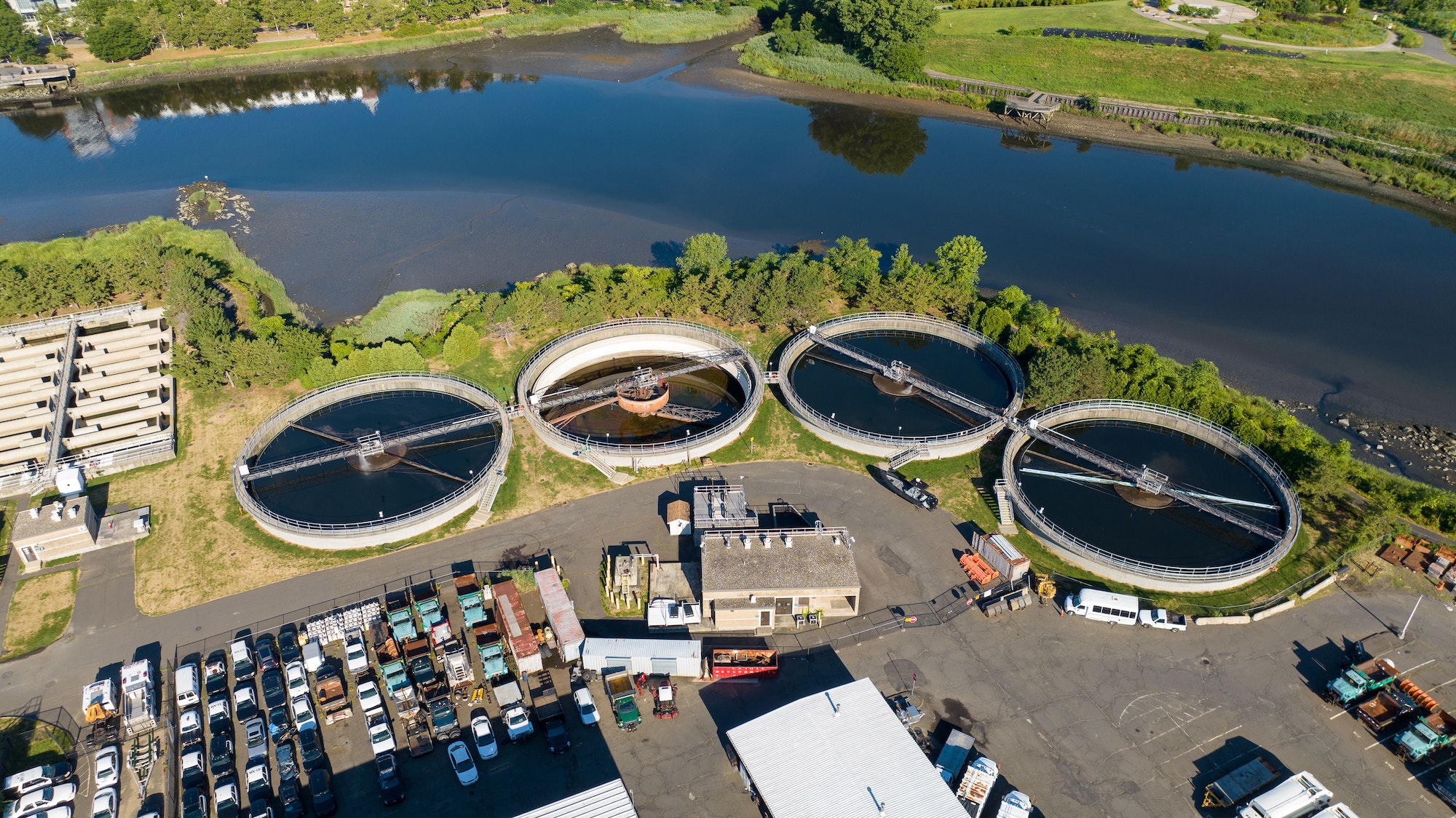Utilization of carbon dioxide (CO2) emissions from industries has become a significant area of research due to the increasing concerns about global climate change. One promising approach for CO2 capture and utilization is the enhancement of algae growth in bioreactors. Algae are photosynthetic microorganisms that can convert CO2 into biomass through photosynthesis, thus reducing the amount of greenhouse gases released into the atmosphere. Moreover, algae have the potential to produce biofuels, bioproducts, and can be integrated with wastewater treatment processes, making them an attractive solution for sustainable development.
Algae bioreactors are engineered systems designed to cultivate and optimize the growth of microalgae or macroalgae. These bioreactors can be open ponds, closed photobioreactors, or hybrid systems combining both technologies. The choice of the bioreactor depends on factors such as algae species, desired products, and environmental conditions. In recent years, several companies and research institutes have developed innovative bioreactor designs to improve the efficiency of CO2 capture and algae productivity.
One example is the AlgaePARC project at Wageningen University in the Netherlands, which aims to develop cost-effective and sustainable production processes for microalgae-based commodities. The project has tested various bioreactor configurations and light regimes to optimize CO2 capture and biomass productivity. Similarly, researchers at Arizona State University have developed a novel high-density vertical photobioreactor system that can capture CO2 from flue gas emissions and convert it into algal biomass with minimal water consumption.
The integration of algae harvesting with wastewater treatment can provide additional benefits in terms of nutrient removal and water recycling. Algae can assimilate nitrogen and phosphorus from wastewater, reducing the need for chemical treatments and improving the overall efficiency of the treatment process. Moreover, the harvested algae biomass can be used as a feedstock for bioenergy production or other valuable products such as fertilizers, animal feed, and biopolymers.
Several pilot-scale projects have demonstrated the feasibility of integrating algae cultivation with wastewater treatment. For instance, the All-gas project in Spain has developed a large-scale algae cultivation system using municipal wastewater and CO2 from a nearby biogas plant. The harvested algae biomass is converted into biofuels through anaerobic digestion and transesterification processes. Another example is the BioFAT project in Italy, which has integrated microalgae cultivation with a wastewater treatment plant for nutrient removal and biomass production.
The use of algae for carbon capture and utilization can also contribute to the circular economy by creating new markets for bio-based products. For example, researchers at the University of California, San Diego, have developed a genetically engineered strain of the green microalga Chlamydomonas reinhardtii that can produce high levels of a recombinant protein used in the biopharmaceutical industry. This approach could not only reduce the reliance on fossil fuels but also provide new economic opportunities for rural areas and developing countries.
However, there are still several challenges to overcome before large-scale implementation of algae-based CO2 capture and utilization technologies. These include improving the efficiency of CO2 delivery to the bioreactor, enhancing light penetration and distribution, reducing water consumption, and optimizing harvesting and downstream processing techniques. Moreover, further research is needed to assess the environmental impacts of large-scale algae cultivation and to develop sustainable management practices.
In conclusion, the integration of CO2 capture using algae bioreactors with wastewater treatment has shown great potential for mitigating climate change and promoting sustainable development. Continued research and innovation in this field will be crucial for overcoming the current challenges and unlocking the full potential of algae as a key player in the global transition towards a low-carbon, circular economy.

